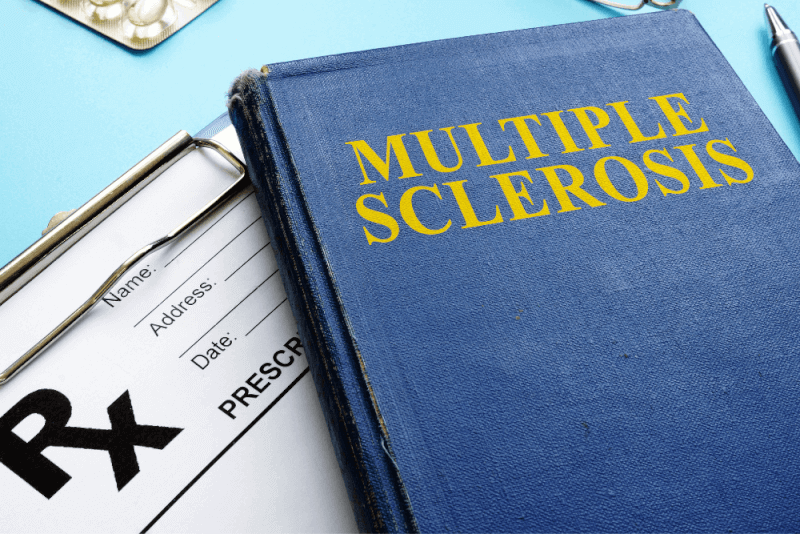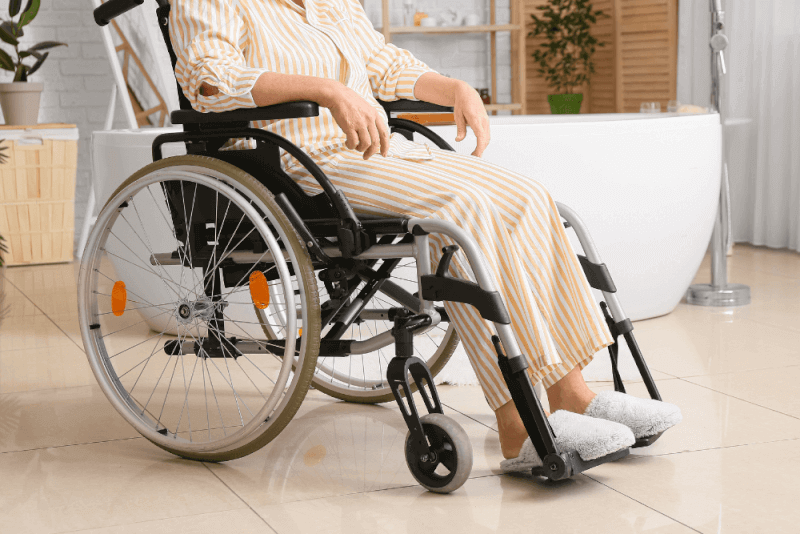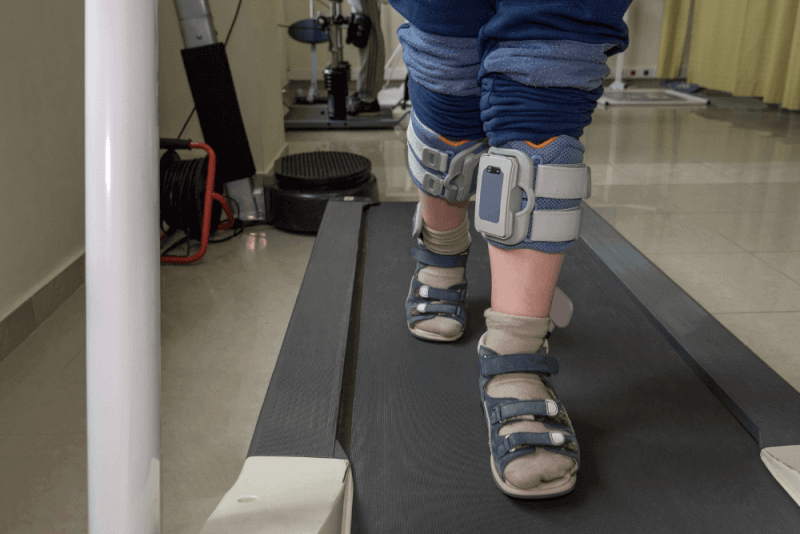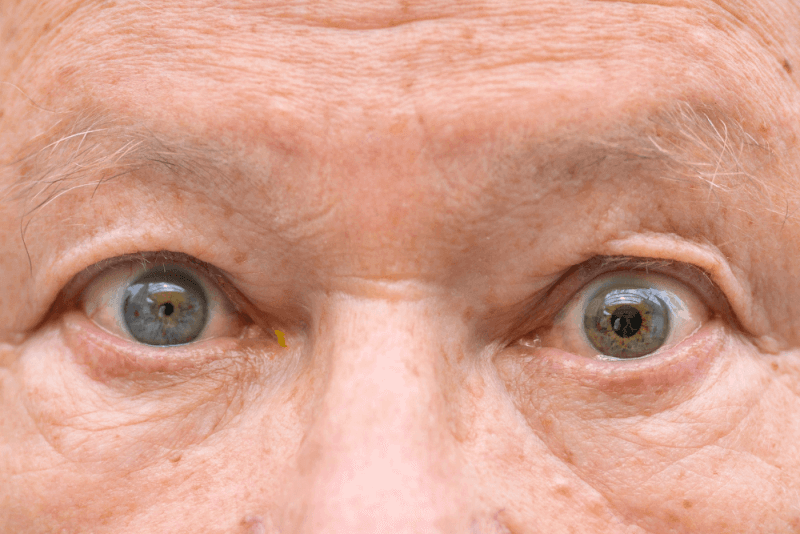30 Second Summary
- Migraine is a neurological disorder characterized by symptoms such as severe headache, nausea, vomiting, sensitivity to light and sound.
- The exact cause of migraine is unknown, but genetic, hormonal and environmental factors are thought to play a role.
- There is no cure for migraine.
- Various methods can be used to control symptoms, including medication, lifestyle changes and allergy shots.
90% of the population has experienced headache at least once in their lives. However, when it comes to migraine, it is not possible to talk about an ordinary headache. Migraine, a neurological disease, ranks high among physician referrals. Migraine is approximately 3 times more common in women than in men, especially in young adults when hormones are active. Migraine affects 20% of women and 8% of men.
What is migraine?
Migraine, which manifests itself in attacks, also has a negative impact on the quality of life of patients. Migraine attacks, which occur at least 1 to 2 times a year, can occur several times in a month in some patients. Migraine, which is characterized by severe headache, also causes nausea, sensitivity to light and sound. These symptoms seriously affect the daily lives of patients. However, a long and detailed examination is required to diagnose migraine.
Types of migraine
Migraine, which manifests itself with severe headache, varies with different characteristics. Neurological symptoms and duration play an important role in its diversification.
Migraine without aura
In migraine without aura, the most common type of migraine, there are no neurological symptoms before the onset of the attack. For this reason, patients do not have any symptoms of the onset of an attack. If migraine without aura is not treated, attacks last between 4 hours and 3 days. The frequency of attacks varies from several times a year to several times a week. Migraine without aura is also called ordinary migraine or hemicrania simplex.
Causes of Migraine without Aura
The causes of migraine without aura are not fully known. However, there are some triggers. These triggers include the following.
- Stress
- Fatigue
- Alcohol
- Insomnia
- Some food and drinks
Symptoms of Migraine without Aura
Other symptoms of migraine without aura, which is characterized by sudden onset of pain attacks, include
- Headache usually occurs on one side of the head.
- Feeling of throbbing pain
- Pain increases when walking or climbing stairs
- The severity of the headache is so severe that you cannot carry out daily activities.
- Nausea
- Vomiting
- Sensitivity to light, smells and sound
Migraine Treatment without Aura
Treatment of migraine without aura depends on the severity and frequency of attacks. In addition, the general health status of the patients also affects the treatment.
- Over-the-counter painkillers
- Migraine-specific treatments (triptans)
- Anti-attack treatment
Medications for the prevention of migraine attacks without aura or medications for acute treatment should be used carefully. For example, the use of triptans should not be more than 8 or 10 times a month.
- Beta brokers
- Tricyclic antidepressants
- Anti epilepsy drugs
In addition, migraine patients without aura should also make lifestyle changes. These changes help to reduce migraine attacks. Sleeping at the same time every day
- Eating at regular times every day
- Consuming enough water
- Exercise
- Avoiding alcohol and insomnia
Migraine with aura
The term aura is a term used to describe the neurological symptoms seen before or during migraine attacks. Migraine with aura, which affects approximately 30% of migraine patients, shows neurological symptoms before the attack. As a warning sign, these symptoms usually appear 5 to 20 minutes before a migraine attack. If left untreated, attacks last between 4 hours and 3 days.
The symptoms experienced by patients during the aura of migraine with aura form a complex picture. In some cases it can be frightening for the patient to remember the aura. Some migraine patients with aura experience severe headaches after the aura. Some patients do not experience headache after the aura. Patients with aura may also experience headaches without aura in some periods.
Causes of Migraine with aura
Although the root cause of migraine with aura is unknown, triggers include the following.
- Caffeine consumption
- Exposure to bright lights
- Exposure to bright sunlight
- Aged cheeses
- Alcohol consumption
- Processed foods
- Perfume
- MSG and food additives
- Hormonal fluctuations in women
- Intense physical activity
- Excessive strain
- Lack of sleep
- Sleeping too much
- Medicines
- Stress
- Smoke
- Gasoline odorant
- Gender
- To be between the ages of 18 and 44
- Genetic background
Symptoms of Migraine with aura
Auras are seen in three different forms. These include physical sensations, speech and visual impairments.
Symptoms of migraine with visual aura persist even when the eye is closed. In addition, patients may experience temporary vision loss or blindness during an attack. Other symptoms include the following.
- Zig zag lines
- Bright stars
- Tunnel vision
- Blind spots in the field of vision
- Flashing lights in front of your eyes
- Colored spots
In some migraine attacks with aura or prior to an attack, people may experience impaired speech or communication difficulties with other people. In particular, there are difficulties in finding and pronouncing the right words. The physical sensation auras of migraine with aura start on one side of the body and spread to other sides, and symptoms include
- Speech and language difficulties
- Muscle weakness on one side
- Dizziness
- Numbness and tingling sensation
- Pins and needles sensation in arms and legs
Other symptoms can be listed as follows.
- Rarely partial paralysis or fainting
- Confusion
- Feelings of fear
- Memory changes
Migraine Treatment with Aura
Treatment of migraine with aura is similar to other types of migraine. Treatment planning therefore varies depending on the severity and frequency of attacks. Migraine patients generally do not want to use medication. For this reason, treatment options such as dry needle or occipital nerve blockade are more preferred.
Dry needle therapy helps to reduce the number and severity of attacks. However, the sessions need to be repeated in order for the pain to completely disappear and permanent changes to be experienced.
Occipital nerve blockades are used in the treatment of cluster headaches and migraine. A significant proportion of chronic headache patients report that their pain originates in the neck and base of the skull. Occipital nerve blocks are therefore successful.
Drugs used in the treatment of migraine with aura are used to reduce the severity of pain and to relieve complaints accompanying headache.
Chronic Migraine
The recurrent nature of headaches in attacks is called conical migraine. The biggest feature that distinguishes chronic migraine from other headaches is that it causes complaints such as nausea and vomiting in addition to headache. For this reason, the complaints caused by chronic migraine seriously affect the daily lives of patients.
Causes of Chronic Migraine
The biggest cause of chronic migraine is genetic inheritance. For this reason, having migraine in family members increases the risk. In addition, hormonal changes also cause chronic migraine. As with other types of migraine, chronic migraine is more common in women. For this reason, attacks become more frequent, especially during menstrual periods.
Symptoms of Chronic Migraine
Symptoms caused by chronic migraine include the following.
- The characteristic symptom is headache. However, these headaches are much more severe than normal headaches.
- Daily life is affected by headaches.
- Unilateral headache is observed.
- The pain appears in the temples, forehead and back of the head.
Chronic Migraine Treatment
Patients diagnosed with chronic migraine should undergo tomography. It is then completely cured with medication. In the treatment of chronic migraine, it is sufficient to use the prescribed medication once a day.
What are the Stages of Migraine?
The attacks experienced by migraine patients are experienced in 4 stages. These phases sometimes follow each other. But sometimes only one of them appears. For this reason, we cannot say that every migraine attack is the same.
Prodrome Phase (prodromal period)
The first phase, the prodrome phase, is also the period when there are signs that a migraine attack is coming. In addition to being a stage seen in many migraine patients, it occurs a few hours or days before a migraine attack.
In the prodrome phase, the complaints seen in patients are as follows.
- Depressed mood
- Mood swings
- Stretching
- Constipation
- Excessive desire to eat
- Sensitivity to light and sound
Aura Phase
The second phase is the aura phase. This stage, which is shorter than the other stages, affects approximately 20-30% of migraine patients. During this phase, which lasts 20-25 minutes, patients may experience neurological disorders. These neurological disorders may continue until the migraine attack ends.
The most characteristic symptom of the aura phase is visual disturbances. Visual disturbances continue until the attack is over, and there are also symptoms such as numbness on one side of the face, tingling, speech impairment, numbness and numbness when touching.
Attack Phase
During the attack phase, patients experience severe pain. These pains can occur especially around the neck, eyes and head in general. In migraine attacks, the headache is accompanied by throbbing. In many patients, increased mobility causes headaches to worsen. During attacks lasting between 4 and 72 hours, patients usually want to lie in a dark environment.
In addition to severe headaches, migraine attacks are accompanied by symptoms such as fainting, vomiting, blurred vision, nausea, visual disturbances, sensitivity to light and headache.
Post-Attack Phase
In this stage, also called the postdrome stage, the migraine attacks of the patients have passed. However, patients feel tired and sick. Although the headache persists, its intensity decreases. In some patients, the pain disappears completely at this stage. However, symptoms such as dizziness, sensitivity to light and sound, and turbulent mood persist.
In the post-attack phase, symptoms include loss of appetite, weakness, irritability and lack of concentration.
Non-Drug Interventions in Migraine Treatment
Especially migraine patients who do not respond to drug treatments and lifestyle changes turn to non-drug interventional treatment options. Although there are many interventional treatments, neurotoxin applications, nerve blockades, neurostimulation methods, acupuncture and trigger point treatments are among the treatments that stand out in terms of success.
Nerve Blockade Therapy
It is a type of treatment recommended especially for migraine patients who are resistant to drug treatment. For this reason, it has become one of the most preferred treatment methods by chronic migraine patients in recent years. Nerve blockade therapy, which is an interventional treatment, is a known treatment method used in migraine attacks as well as for the prevention of migraine attacks.
In nerve blockade treatment, special drug injection is applied to the brain center responsible for migraine attacks and to the nerves thought to be related to migraine attacks. In this way, the nerves are blocked.
It can be injected into many nerves that cause headaches at the same time. However, in practice, it is often applied to the greater occipital nerve. This is why it is also called GON blockade. This is because the GON nerve is directly related to the system responsible for migraine attacks.
GON blockade has been used since the 1940s. The application reduces the frequency and severity of migraine attacks. It is one of the most suitable options especially for migraine patients who cannot use medication due to pregnancy.
Treatment with Botulinum Toxin
It is a method used in migraine patients who cannot get results despite the use of preventive medications at the appropriate dose and duration. It is one of the methods with proven scientific effectiveness and reliability. In addition to improving quality of life, it reduces the frequency and severity of migraine attacks and increases the use of pain medication.
Neuromodulation Methods
In the neurostimulation method, electric current, direct current or magnetic current is applied to the nerves that cause migraine attacks with specially developed devices. This stimulates the nerves. The application can be performed around the head or invasively near the nerves with some special devices.
In this method, which is applied with devices called STS, TMS, VSS and TDAU, VSS and STS methods can be the devices that can receive treatment approval and whose effectiveness has been proven. The efficacy of TMS in the treatment of chronic migraine has not been proven.
Trigger Point Treatment
A significant number of migraine patients have many trigger points in the neck, around the head, upper back and shoulder area. Prolonged contraction of the muscles here causes migraine to be triggered. For this reason, the removal of trigger points by injection also helps migraine treatment. Local anesthesia, botox and cortisone are used to remove these points.
Dry Needle
It is a technique applied to the muscles that cause pain in various parts of the body. These points are stimulated using needles of various sizes. In addition to being one of the safest treatment methods, it is a drug-free method.
What is Good for Migraine Pain?
In order to reduce the frequency of migraine attacks, patients should first establish a good sleeping pattern and pay attention to their diet. In addition, patients need to take enough vitamins and minerals such as B2, magnesium and folic acid to reduce the damage caused by migraine attacks. For this reason, foods such as red meat, parsley, liver, fish and broccoli should be consumed frequently.
In addition, painkillers containing caffeine are good for migraine attacks. However, foods such as tea, coffee and chocolate containing caffeine cause migraine attacks to become more frequent. Patients should also do light exercise and walking to reduce the frequency and severity of migraine attacks.













